Regulatory Pressures and Compliance
Regulatory pressures play a crucial role in shaping the Child-Resistant Packaging Market. Governments and regulatory bodies have established stringent guidelines to ensure that products, especially those that could be harmful to children, are packaged in a manner that minimizes risk. Compliance with these regulations is not merely a legal obligation; it is also a market differentiator. Companies that adhere to these standards are likely to gain consumer trust and loyalty. The increasing number of regulations across various regions is expected to drive the demand for compliant packaging solutions. As a result, manufacturers are investing in research and development to create packaging that meets these evolving standards, thereby contributing to the growth of the market.
Increasing Awareness of Child Safety
The rising awareness regarding child safety is a pivotal driver for the Child-Resistant Packaging Market. Parents and caregivers are increasingly concerned about the potential hazards posed by household products, particularly pharmaceuticals and chemicals. This heightened awareness has led to a demand for packaging solutions that can effectively prevent children from accessing harmful substances. According to recent data, the market for child-resistant packaging is projected to grow significantly, driven by the need for safer products. Manufacturers are responding to this demand by innovating packaging designs that meet safety standards while remaining user-friendly for adults. This trend indicates a shift towards prioritizing child safety in product packaging, thereby enhancing the overall market landscape.
Technological Innovations in Packaging
Technological innovations are transforming the Child-Resistant Packaging Market, offering new solutions that enhance safety and usability. Advances in materials science and engineering have led to the development of innovative packaging designs that are not only child-resistant but also environmentally friendly. For instance, the integration of smart technology in packaging, such as tamper-evident features and interactive designs, is gaining traction. These innovations not only improve safety but also enhance the consumer experience. The market is witnessing a shift towards more sophisticated packaging solutions that cater to both safety and sustainability. This trend suggests that technological advancements will continue to play a significant role in shaping the future of the child-resistant packaging sector.
Expansion of E-commerce and Online Sales
The expansion of e-commerce and online sales is significantly impacting the Child-Resistant Packaging Market. As more consumers turn to online shopping for convenience, the need for secure and safe packaging solutions has become paramount. E-commerce platforms are increasingly prioritizing the safety of products, particularly those that could pose risks to children. This trend is driving manufacturers to innovate packaging that not only protects products during transit but also ensures child safety upon delivery. The rise in online sales is expected to propel the demand for child-resistant packaging solutions, as companies seek to enhance consumer confidence in the safety of their products. This evolving landscape presents both challenges and opportunities for manufacturers in the child-resistant packaging sector.
Consumer Demand for Sustainable Solutions
The growing consumer demand for sustainable packaging solutions is increasingly influencing the Child-Resistant Packaging Market. As environmental concerns become more pronounced, consumers are seeking products that align with their values, including eco-friendly packaging. This shift is prompting manufacturers to explore sustainable materials and practices in their packaging solutions. The market is responding to this demand by developing child-resistant packaging that not only meets safety standards but also minimizes environmental impact. This dual focus on safety and sustainability is likely to attract a broader consumer base, thereby driving market growth. Companies that successfully integrate these elements into their packaging strategies may find themselves at a competitive advantage.


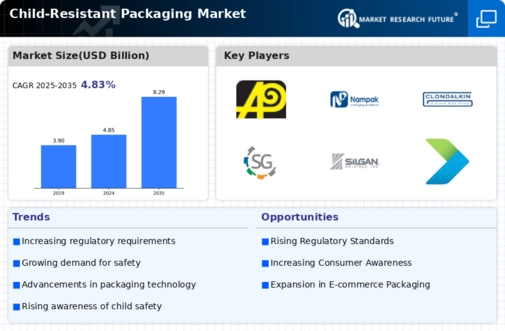
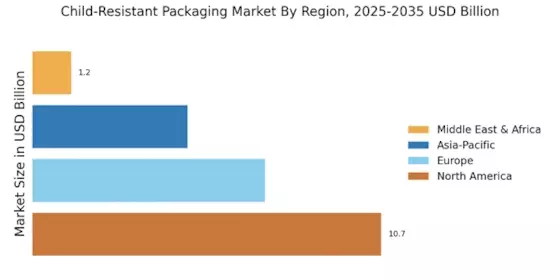
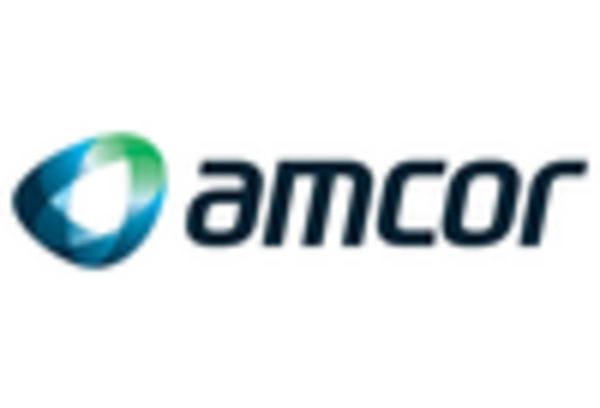
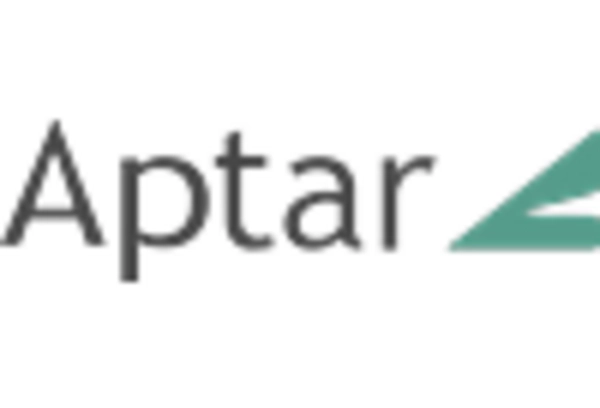



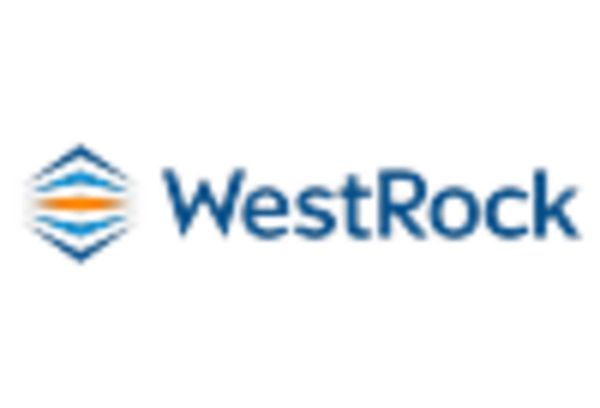








Leave a Comment